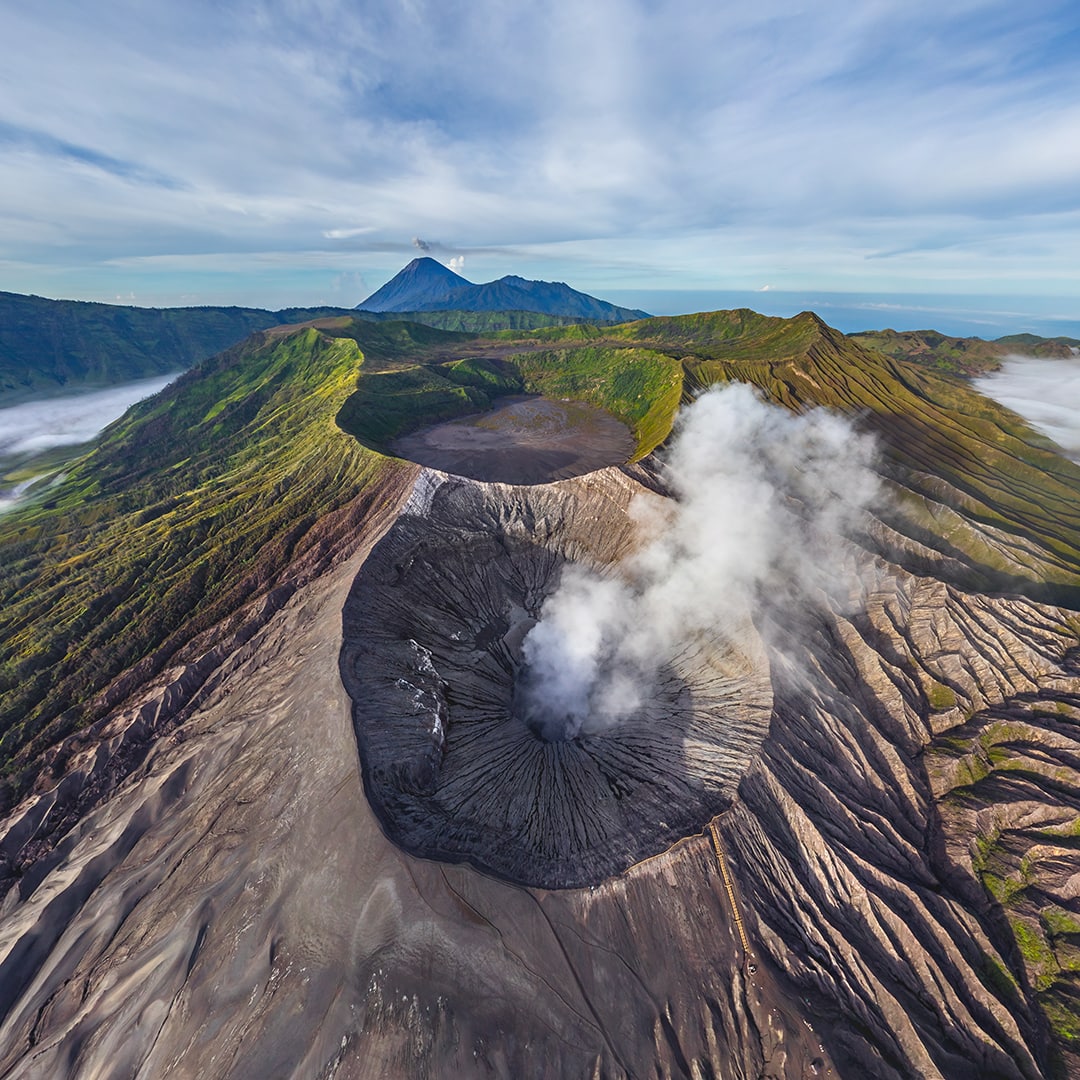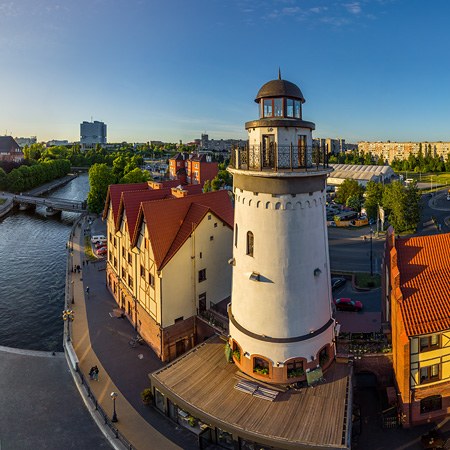The Charyn and the Lunar Canyons in Kazakhstan
The Charyn Canyon in Kazakhstan is a picturesque deep gorge stretching for 154 kilometers along the valley of the Charyn River (the name is translated from Turkic as "cliff"), not far from the border with China and Kyrgyzstan, 200 kilometers from Almaty. The canyon's fame is largely due to its exceptional similarity to the famous Grand Canyon in the American state of Arizona. Although the age and size of these canyons, as well as their flora and fauna, are very different from each other, visually the canyons are very similar. The Charyn Canyon is even called the "younger brother" of the Grand Canyon. Although it is 4-5 times smaller in size, it is relatively more accessible: descent here does not require a special permit, and it is much closer to a large city.

The Charyn River flows along the bottom of the canyon. It originates in the southern spurs of the Ketmen ridge and carries turquoise waters to the Ili River. This rapid and fast river has a length of 427 kilometers.
The most spectacular part of the canyon is the Valley of Castles. It stretches for 2-3 kilometers, has a width of 20 to 80 meters and a depth of 150-300 meters. The steep cliffs here look like columns, towers and arches of fantasy castles. Some of them resemble human heads or other figures. When you walk along the bottom of the canyon, you feel like a hero of an American western. However, no matter how grandiose the canyon looks "from the inside", it looks most majestic from above. These natural formations look especially impressive at dawn or sunset, when the sun paints them in different colors - from scarlet to pink and orange. Other parts of the canyon also have mysterious local names: Devil's Gorge, Witches' Tract, Stone Bag.

The formation of this natural monument began about 25 million years ago, when the huge Ili Lake was located here. About 12 million years ago, the water left the lake, and Charyn became the left tributary of the Ili River. In the Quaternary period, which began about 2.5 million years ago, the river cut a deep canyon in the soft sedimentary rocks at the bottom of the dried-up lake. Over hundreds of thousands of years, meltwater and wind turned the lake into a canyon resembling an alien landscape. On the exposed layers of rock, deposits from various geological eras are visible. Fossils of mastodons, elephants and rhinoceroses are found on the cliffs of the canyon.

The landscape diversity of the Charyn Canyon determines the richness of flora and fauna. More than 1,500 plant species grow here, 17 of which are included in the Red Book of Kazakhstan, 62 species of mammals, 103 species of nesting birds, 25 species of reptiles live here. The valley of this turbulent river is covered with thickets of oleaster, barberry, chingil, tamarisk, poplars and willows grow here. In the floodplain of the river, on an area of 5 thousand hectares, there is a relict grove of Sogdian ash, the age of some trees reaches 300-400 years, and the trunk size is 3-4 girths. Another rarity of the area is the turanga grove (Asian poplar). Among the most common mammals, one can distinguish the fox, corsac fox, hare, ibex, weasel, ermine and jerboa. Also found are goitered gazelle, stone marten, marbled polecat, manul and Central Asian river otter. Birds include the long-tailed tit and the black stork. The Red Book eagle owl, golden eagle, kumai, bearded vulture, short-toed snake eagle, Egyptian vulture, saker falcon, shahin, imperial eagle and booted eagle also live here. Among the lizards are the Alay naked eye, agama, gray gecko, and among the snakes are the copperhead snake, patterned and multi-colored snake, as well as the water snake.

In 2004, a nature conservation area was created around the Charyn Canyon - the Charyn National Park.
There are many other picturesque gorges on Charyn. The Lunar (also known as Yellow) Canyon is located between the Kuluktau Mountains and the Charyn River and is also part of the Charyn National Park. Here, in one place, many gorges are intertwined, creating an intricate labyrinth. The canyon received its name due to the shape of the rocks, reminiscent of the lunar relief. It is called yellow because of the predominant color of the clay in the rocks, which, however, can change significantly depending on the lighting. Another name for the gorge is "Yurt Valley", since the outlines of the rocks resemble traditional Kazakh dwellings. The paths wind between the rocks, transporting tourists as if to another planet.

Photos and text by Max Nasekin
22 November 2024
Read more
360° Video





















